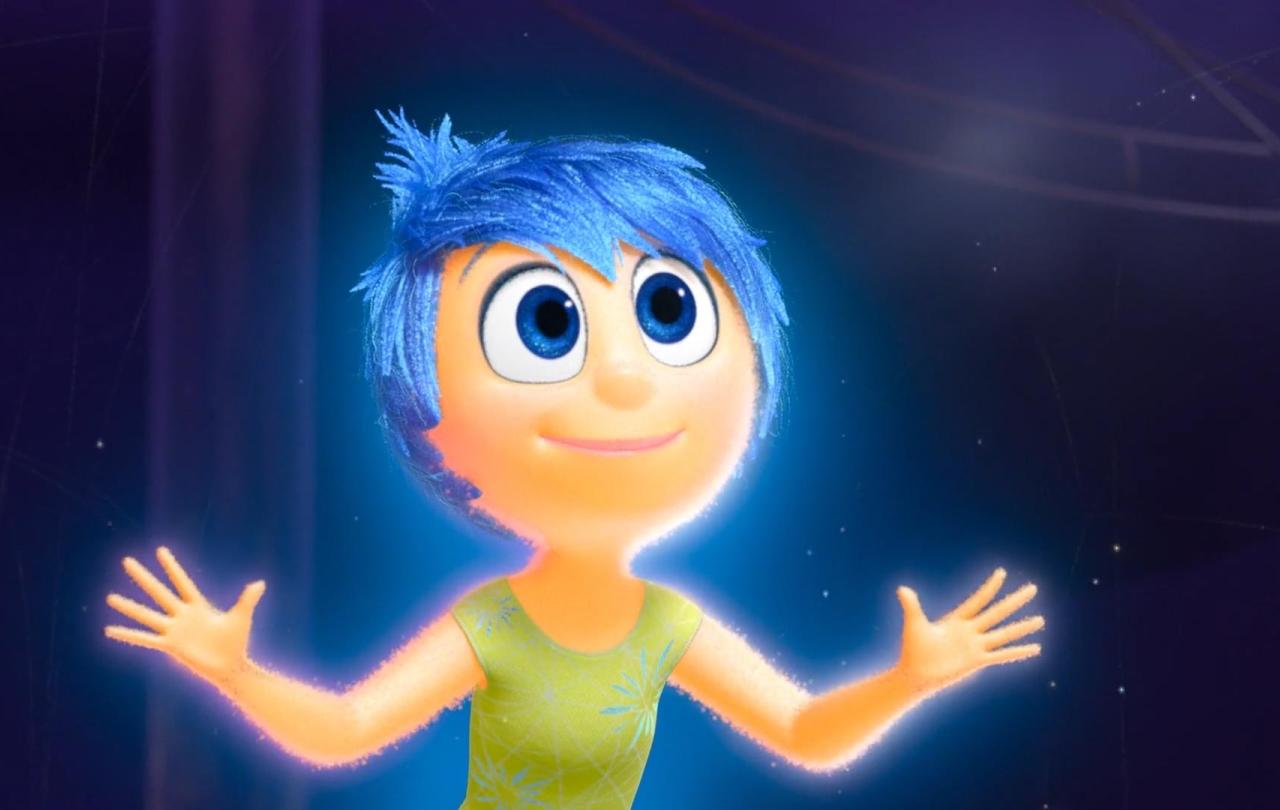
As I write this, I’m looking out of my window at endless grey. It has been raining almost constantly for several days. The garden is waterlogged, the apples are going mouldy on the tree and my dog, who has just come in, is sitting next to me and smelling of, well, wet dog. And it all looks pretty gloomy.
One of my most climbed upon soap boxes is the oppressive myth of our age/western culture that we are all supposed to be happy all the time. If we’re not living our best life and posting photos of our happiness on social media, then shame on us. There seems to be a socially acceptable dopamine addiction running rampant – each swipe, like and tweet feeding our habit.
As someone who lives with the albatross of depression weighing constantly around my neck, I find this compulsory pursuit of very public happiness somewhat trying. And call me Eeyore if you will, but I’d like to point out that sometimes it rains and there isn’t a rainbow. Just puddles.
There is a place for sorrow and disappointment and frustration in real life, and dopamine-ing ourselves out of those experiences dilutes the real power of joy.
I haven’t watched the new Inside Out film yet (See Henna Cundill’s great article on it) but the first one is a firm family favourite. It’s so deeply insightful and brilliantly unDisney. For anyone who hasn’t watched it yet, it’s a Disney animation of the adventures of the five core emotions (Fear, Anger, Joy, Disgust and Sadness) belonging to a young girl coping with moving with her parents to live in a new city.
Happiness is candy floss and joy is a strong cup of tea.
The main character is Joy. And she’s all about the happy. She refuses to allow Riley (the girl whose emotions they are) to be anything but happy. And that’s the set-up of the film. Joy fighting against the odds to keep Riley happy, even when she’s going through some really tough life stuff. And by the end of the film, it’s Joy who has grown because she recognises that Sadness has an important role in Riley’s life and that when Sadness takes the lead, Joy can join in, honestly, unsentimentally and sincerely.
I can’t tell you how much I enjoyed seeing Joy’s bouncy, oppressive positivity being acknowledged as really annoying.
The real strength of the film is that Joy grows from a character that I would call Happy into real Joy. Because, based on no good reasons at all, I have always thought of Joy as a more mature relative to happiness. To me, happiness is lighter, frothier and joy has greater depth and robustness. Happiness is candy floss and joy is a strong cup of tea. Happiness is still naïve while joy has been around the block a few times yet still hangs in there. Happiness is a powerful feeling that eclipses all else. Joy is mature enough to be in the same room as Sadness.
You see, I also think of joy as a choice, not just a happy feeling. Like thousands of other people, I have benefited hugely from Cognitive Behavioural Therapy (CBT) which says that while you can’t choose your feelings, you can choose your thoughts. And it turns out that our feelings are reactions to our thoughts, not the other way around.
For instance, if you are woken up in the middle of the night by a loud crash, how would you feel? If you feel scared, it’s probably because your first thought is that a burglar has broken into your home. If you turn over and go back to sleep, it’s probably because you know that the cat has knocked something off the kitchen table, again. Our feelings come after our thoughts, not the other way around. Which changes everything.
We can’t tell ourselves to be happy, to be excited, to not be afraid. But we can choose our thoughts, what we allow to dwell in our minds. The pursuit of happiness then becomes about training the mind rather than mindlessly reaching for the next “feel good” dopamine hit.
Joy grows up. She starts out bubblegum-happy-at-all-costs-annoying. And she matures into someone who’s patient and compassionate and strong.
CBT rose to fame, as it were, during the latter years of the twentieth century and more recently, a lot of research has gone into the correlation of CBT within diverse religious frameworks, including Judaism, Taoism and predominantly, Christianity. The evidence suggests that religious belief has considerable positive impact on mental well-being and psychology. It seems that there is real joy to be found in the Unseen.
And I don’t think that’s a surprise. The Bible is full of CBT once you start looking for it. For example, St Paul wrote a letter to a church in Philippi, while he was chained up in a prison cell. I think it’s fair to say he wasn’t Insta-ready yet he says (italicised translation my own) "I know what it is to be in need, and I know what it is to have plenty. I have learned the secret of living my best life in any and every situation, whether well fed or hungry, whether living in plenty or in want.” Isn’t that a secret we’d all like to learn? How to have real joy that is completely independent from our circumstances?
St Paul is not saying don’t worry, be happy. He isn’t saying pretend everything is ok, put your head in the sand and act as if you haven’t a care in the world. He is far more realistic than that. He knows better than most people that real life is very complicated and often very painful. He’s saying that whatever our circumstances, we have a choice. A choice to let ourselves drown in anxiety and sorrow or to fill our minds with, “whatever is true, whatever is noble, whatever is right, whatever is pure, whatever is lovely, whatever is admirable—if anything is excellent or praiseworthy—think about such things.” He is of course talking about the goodness and faithfulness of God and what pours out as a result of God’s lovingkindness. When I fill my mind, when I choose to think about such things, it means there is less room for despair and Joy has the space to dance.
And this is why I think Inside Out is so good. Joy grows up. She starts out bubblegum-happy-at-all-costs-annoying. And she matures into someone who’s patient and compassionate and strong. Joy can hold you while you give airtime to Sadness, Disgust, Fear and even Anger. And she’s there to celebrate and commiserate with you when that’s done. This may not meet the need for a party-popper-emoji-style happiness, but I for one say, Yes, please, can I have some of that?





